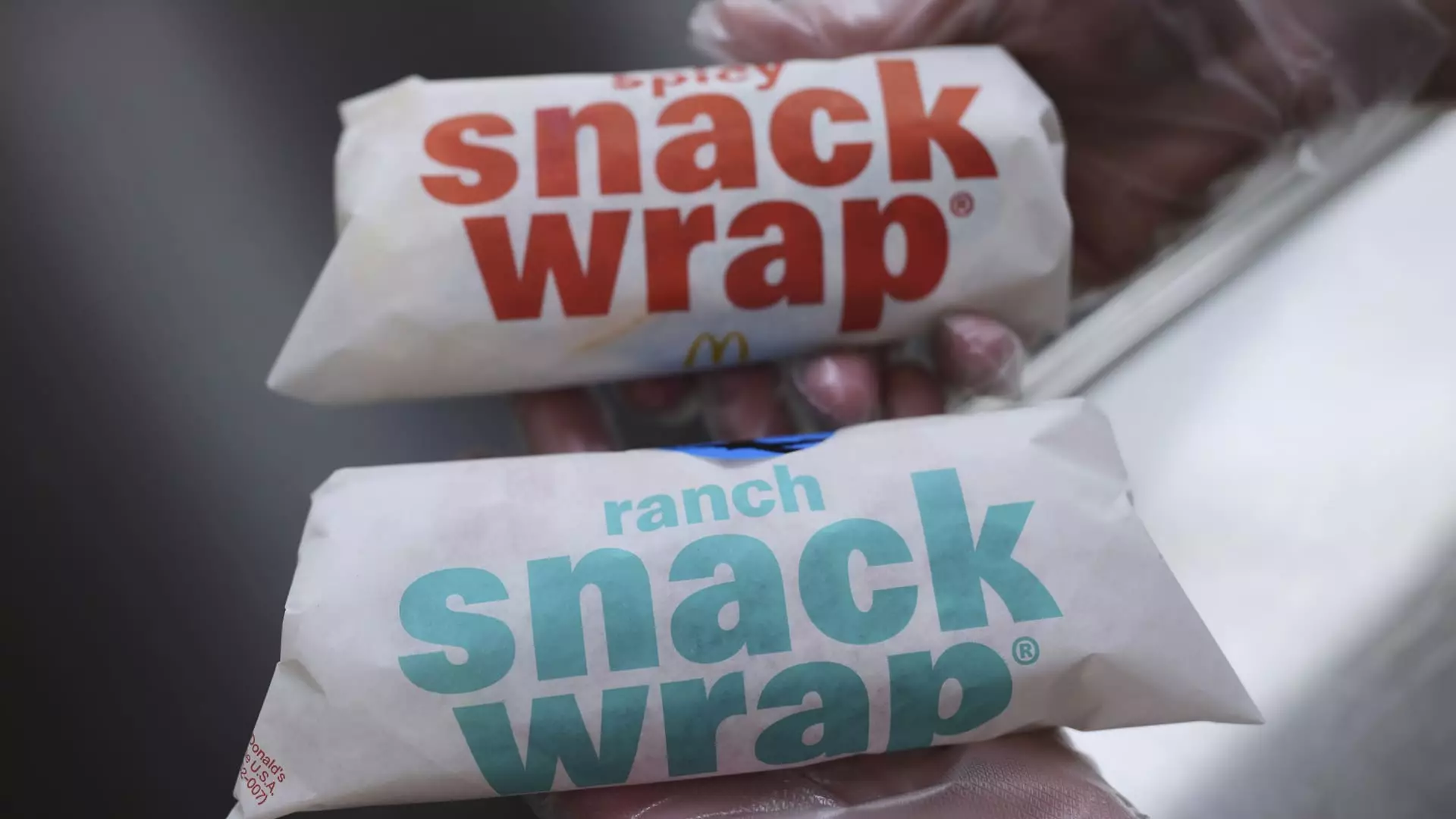McDonald’s decision to revive the beloved Snack Wrap after nearly a decade appears to have struck a chord with consumers, but this revival warrants a critical eye. Is it a genuine step toward sustained growth, or simply a temporary nostalgia-driven stunt designed to boost flagging sales? While early sales figures seem impressive—double-digit traffic increases and positive market response—such victories often mask deeper strategic vulnerabilities. Relying on a transient reaction to a familiar product risks creating a fleeting spike rather than establishing a reliable, long-term growth trajectory. The core question remains: are consumers truly craving innovation or simply nostalgic for a familiar comfort food?
Short-Term Gains versus Long-Term Strategic Stability
The initial surge following the Snack Wrap’s comeback, complemented by social media buzz and lines out the door, might look promising, but these are ephemeral phenomena. McDonald’s has historically excelled at leveraging short-term promotional tactics—discounts, limited-time offerings, tie-ins like the Minecraft movie—to generate quick traffic. Yet, these often come at the expense of profitability, with discounts eroding margins and temporary promotions failing to foster loyalty. The real challenge for McDonald’s is transforming these short-lived spikes into durable consumer habits. The question raised here is whether the Snack Wrap revival is merely a marketing ploy engineered to temporarily lift sales or whether it signifies a meaningful shift in customer preferences that could influence the broader strategic direction of the chain.
Consumer Loyalty or Fad-Fueled Hype?
The Numerator survey underscores the enthusiasm of early buyers, revealing that 90% would purchase the Snack Wrap again, and that many are seasoned McDonald’s regulars—some visiting over 50 times this year. However, this select sample may not be representative of the broader customer base. It could simply indicate a core group of loyal enthusiasts riding the wave of nostalgia. If McDonald’s hopes to sustain these gains, it must do more than cater to its most dedicated users; it must also attract and retain the casual, more infrequent visitors who may have been less interested in the product’s return.
Does the Reinvention of a Classic Signal Innovation or Resting on Laurels?
By reintroducing the Snack Wrap with a slight facelift—adding McCrispy Strips, offering two flavors at an accessible price—McDonald’s emphasizes simplicity and familiarity as its key selling points. Is this approach enough to overhaul its image, or does it merely capitulate to consumers’ desire for comfort? The chain’s success should likely stem from genuine innovation that resolves existing shortcomings or targets evolving consumer preferences, not just from nostalgia-fueled offerings. Resting on the laurels of past successes risks stagnation in a highly competitive fast-food landscape where convenience, health consciousness, and menu diversity increasingly matter.
The Real Test: Sustainability and Strategic Vision
In the broader sense, McDonald’s revival of Snack Wraps reflects an internal tension between short-term tactical wins and long-term strategic vision. Do they see this as a steppingstone toward innovating their menu in meaningful ways—embracing healthier options, customization, or sustainability? Or is it just a temporary distraction from deeper issues like sluggish sales and faltering customer engagement? In an era where consumers are increasingly scrutinizing corporate responsibility and health impacts, McDonald’s must leverage this moment not just for immediate sales boosts but as an opportunity to redefine its brand in ways that resonate with a socially conscious, health-aware population.
Final Reflection: A Flirtation with Nostalgia or a Step Toward Genuine Reinvention?
Ultimately, McDonald’s Snack Wrap revival might be a calculated gamble—a way to stoke excitement and stem declining sales, but it is unlikely to serve as a standalone solution. True resilience in the fast-food industry demands a continuous reinvention, not a nostalgic Band-Aid. If McDonald’s wants to retain its relevance, it must be willing to think beyond the quick wins, embracing innovation rooted in consumer values and long-term sustainability—even if that means challenging its own comfort zone. Relying on familiar favorites can edge into complacency; only bold, meaningful change can secure its future in a competitive landscape demanding more than fleeting nostalgia.


Leave a Reply